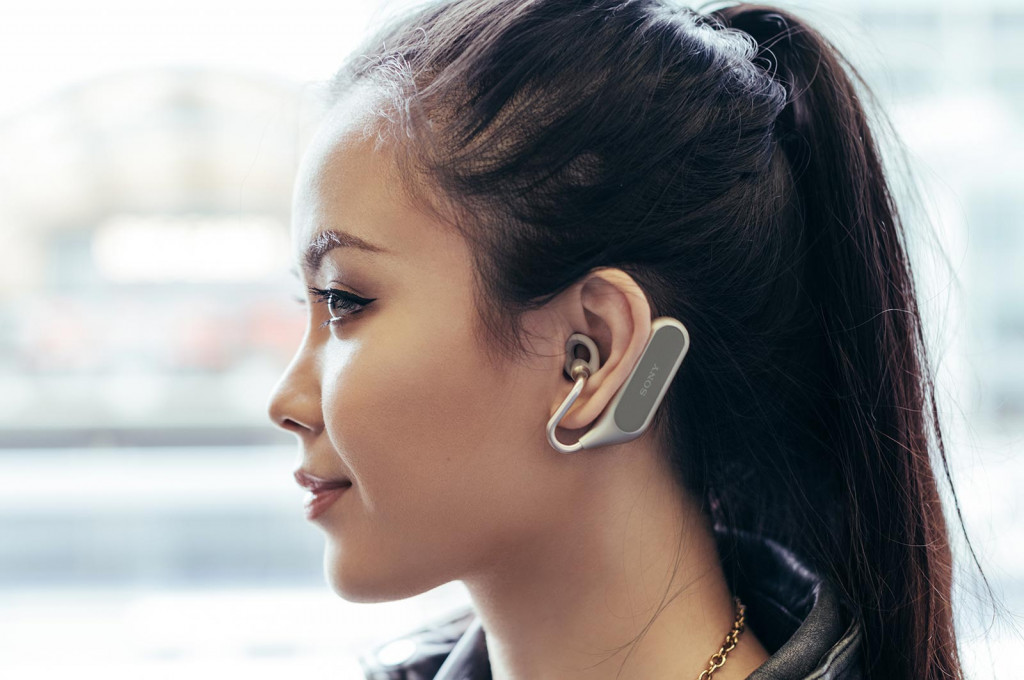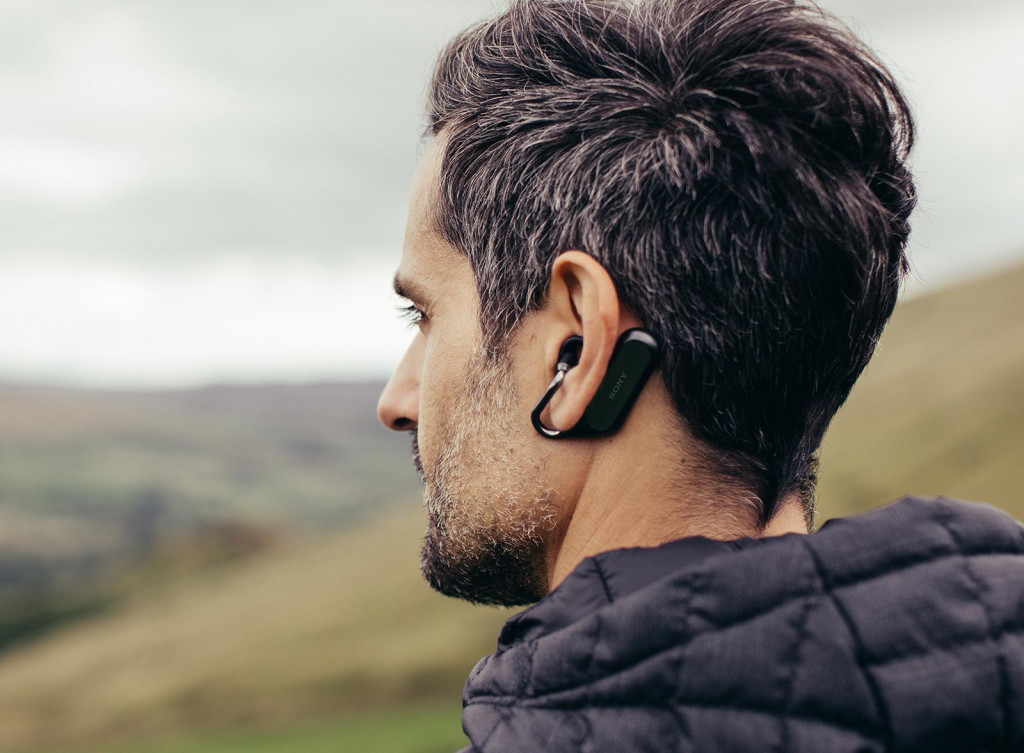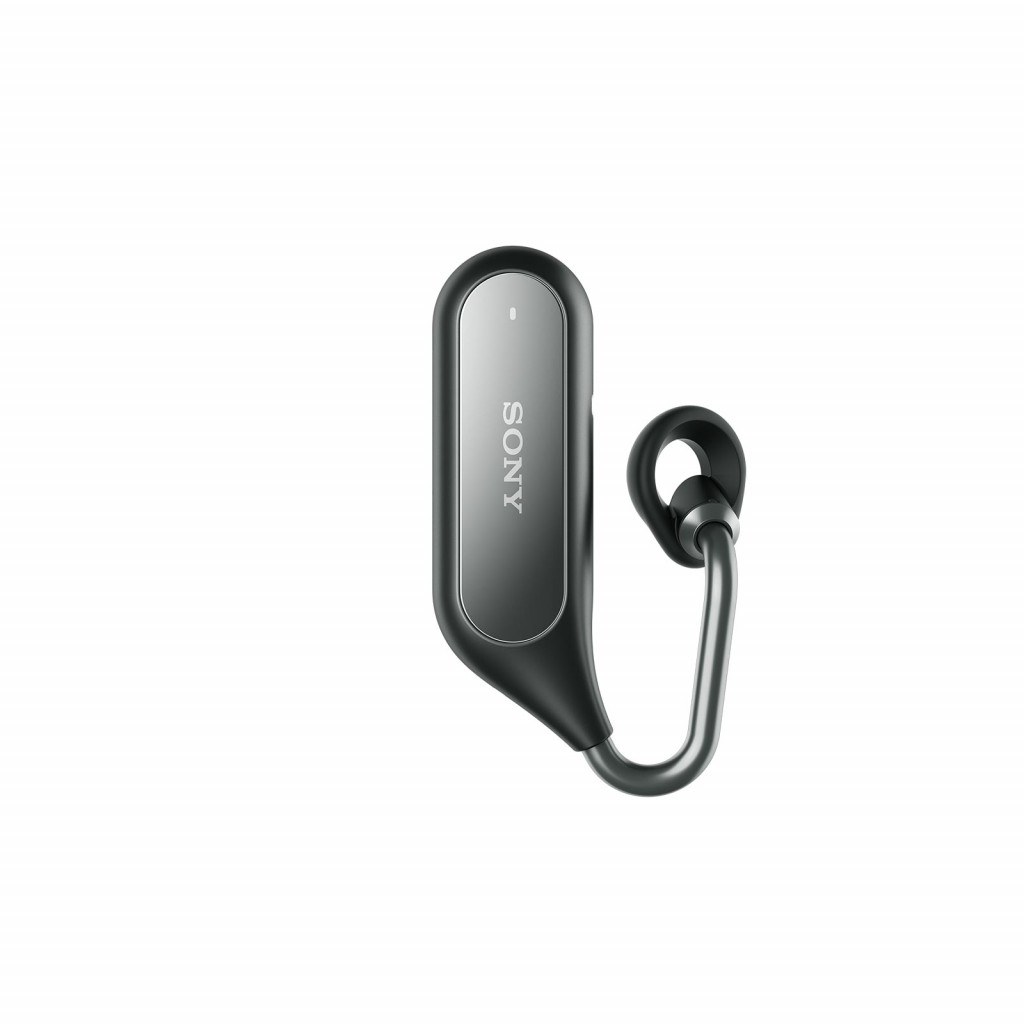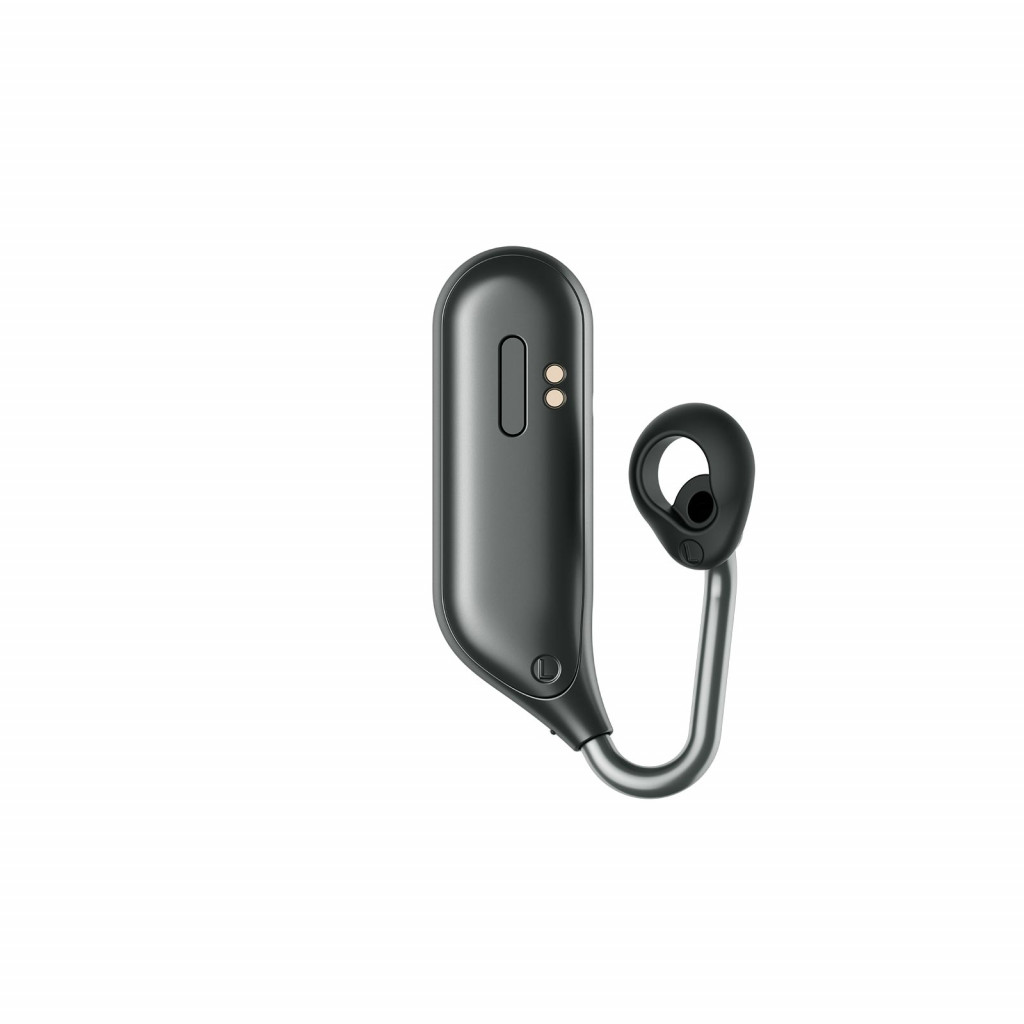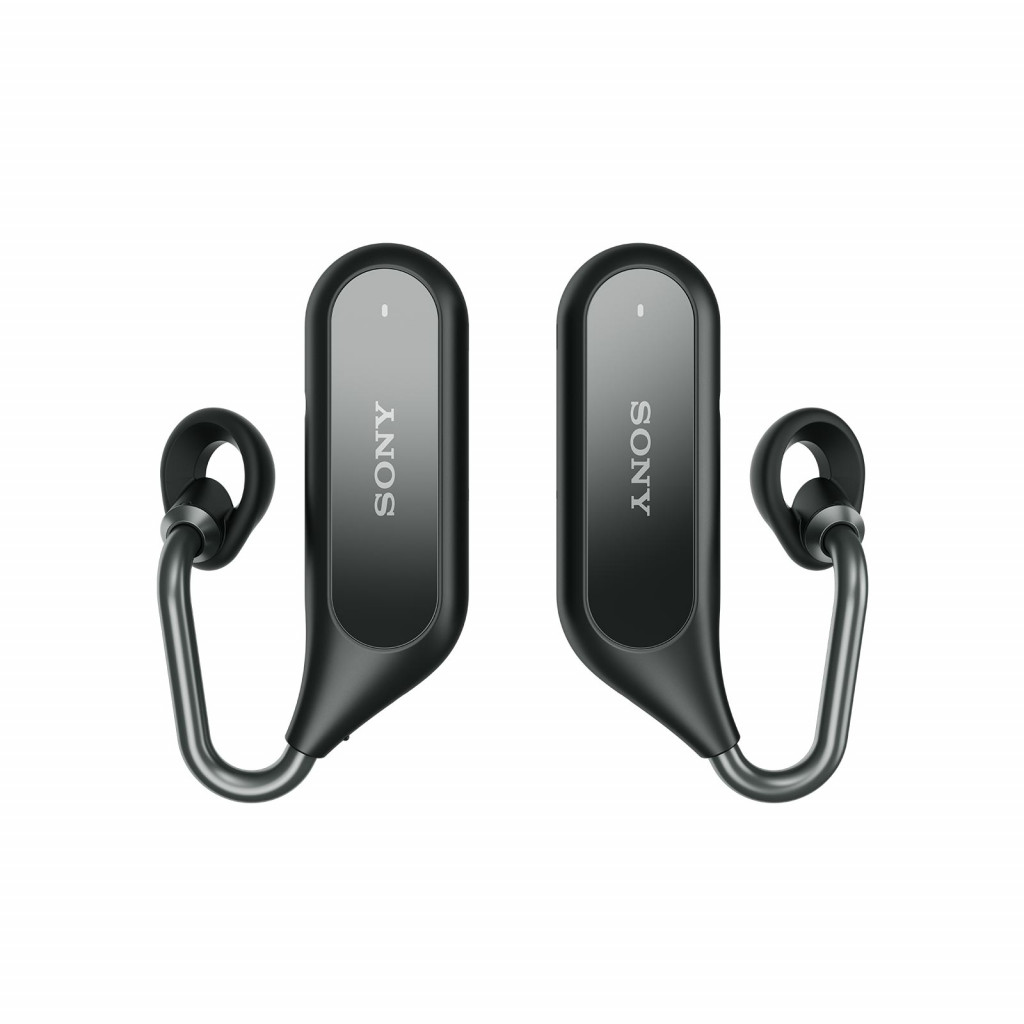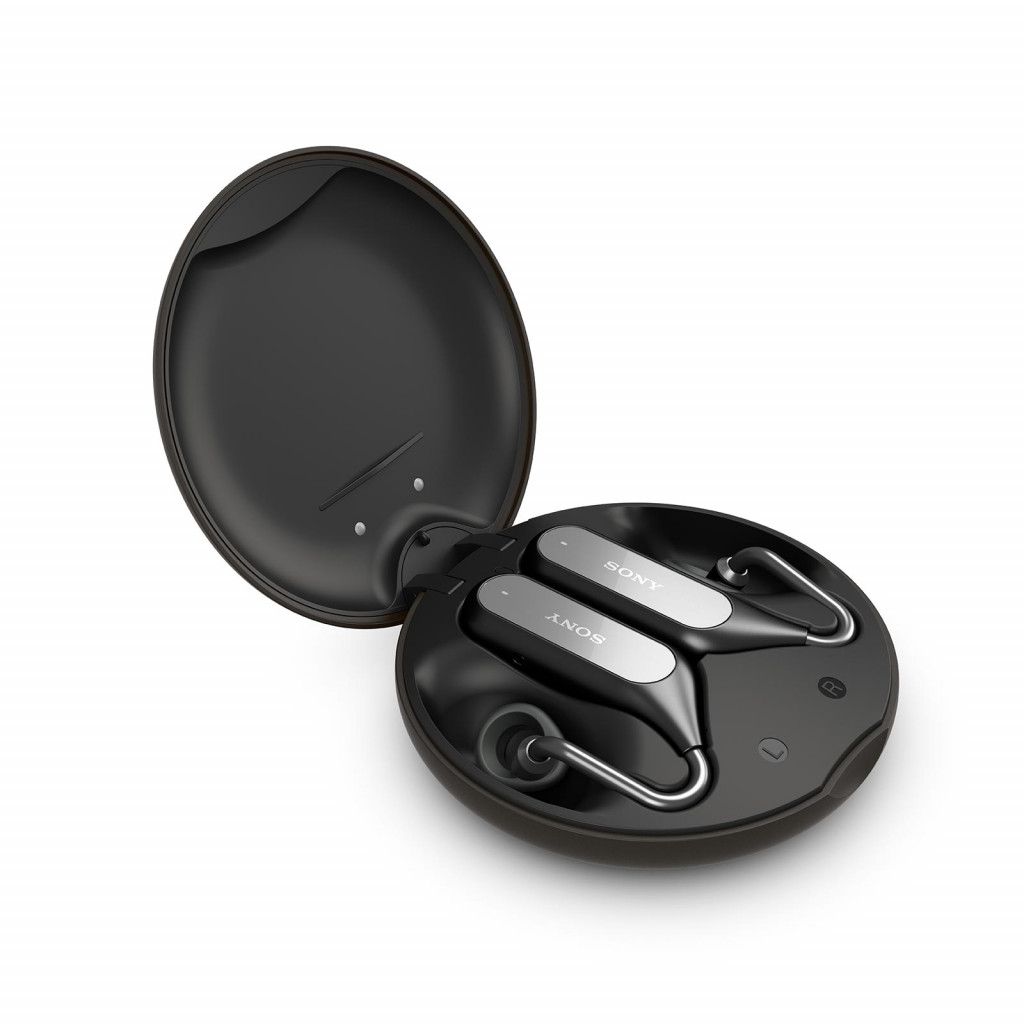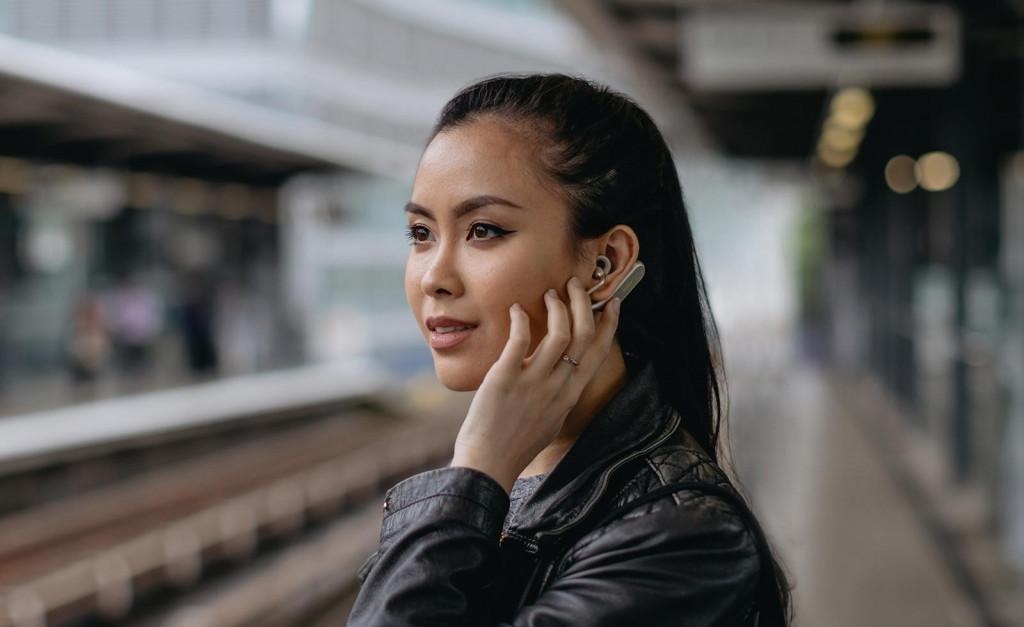In a world where everything can become a little same-samey over time, it can be nice to see something unusual. And Sony’s Ear Duo definitely qualifies.
When it comes to premium wireless earphones and headphones found at the moment, there’s definitely a trend towards noise cancellation. The big feature everyone appears to be looking for, noise cancellation helps you to cut back on the amount of hums and consistent noises that leak into your ears and distract you easily.
Originally meant for use on aircraft, noise cancellation has found a new role in life, taking advantage of adaptive technologies and make it do more. Newer noise cancellation headphones do more than just cancel out the hum you hear when flying, with cancellation working on buses, on trains, and even in the street.
You can’t cut out what your friends are talking about at the water cooler, but it’s not for that. Noise cancellation is for cutting out noise, not people.
This week, however, Sony Mobile gave Pickr a taste of something that feels a little different.
In a world obsessed with cutting back on noise, Sony’s mobile division is going to do something a little unorthodox: it’s going to let noise in.
Later in the month, Sony will release an “open-ear” stereo headset, allowing you to hear the outside world while you hear everything else, including phone calls, notifications, and even that virtual assistant your smartphone regularly relies on (provided it’s Google Assistant or Apple’s Siri).
The technology incorporates wireless technology to every extent of the word, meaning the Xperia Ear Duo is one of those wireless and cordless headsets, similar to the Apple AirPods or the B&O BeoPlay E8, but the design is very different.
Rather than fit in the ear by themselves, the Ear Duo sits both behind the ear and inside of it, using the two part design on each ear to hold in place what Sony calls a “Spatial Acoustic Conductor”, something that is apparently not bone conduction.
Instead, this technology generates sound behind the ear and transmits that to the ear, while the earpiece surrounds the ear to bring the outside world into the ear canal as well.
Yes, it’s all a bit confusing, but the idea with the Sony Xperia Ear Duo appears not so much to be a headphone for your life, but rather an assistant, tracking location, activities, the weather, and telling you what’s going on.
Listening to everything at once — something Sony calls “dual listening” — appears to be the name of the game, and it’s something the Ear Duo relies on, working on a low-power chip and sensor platform to track what you’re doing and maximise use throughout the day.
The sensor system is also able to pick up on head gestures, meaning you can answer a call while wearing the Xperia Ear Duo simply by nodding your head, while shaking will skip the call.
“The Xperia Ear Duo is the result of combining what we’ve learned from our extensive history within the audio and acoustics space, along with growing consumer interest in wearable technology,” said John Featherstone, Managing Director of Sony Mobile Oceania.
“Ear Duo is the first wireless headset to deliver a breakthrough Dual Listening experience,” he said, adding that this was “the ability to enjoy your music, receive your notifications all whilst being able to hear what’s going on in the world around you”.
Battery life on Sony’s Ear Duo is set to four hours on a single charge, while the battery case that holds the earphones will also charge the wireless earphones up, delivering up to three charges until it needs a power source once more.
That’s not a dramatic difference between other wireless headsets, though its life dipping below eight hours suggests you’re probably not going to wear this all the time, either.
As for whether they’re useful enough to remain in someone’s life for longer than the initial gimmick, that remains to be seen, though if you hear someone talking like this guy and wearing something strange, you’ll know what we’re using, and we’ll tell you if we’re going to keep using it later on, as well.



